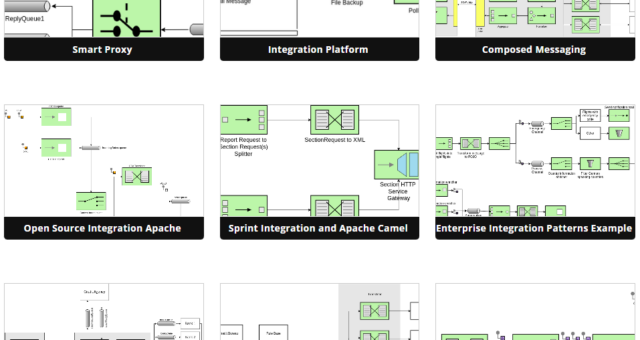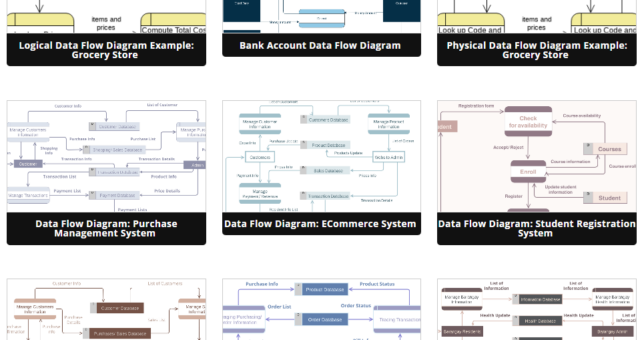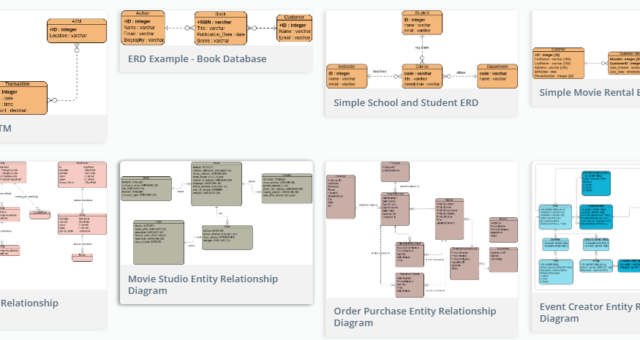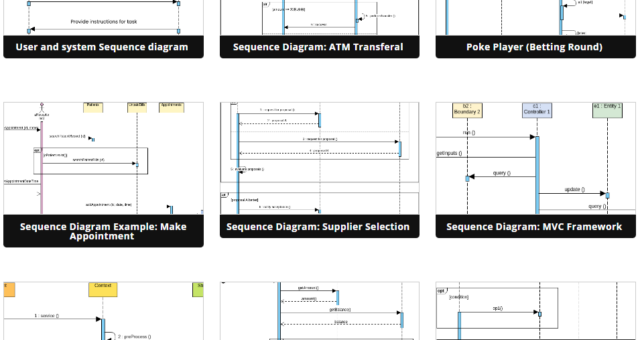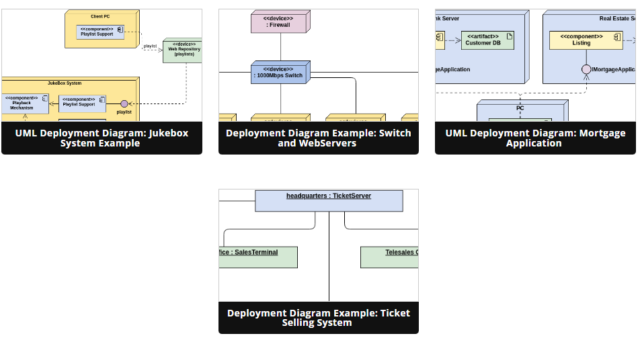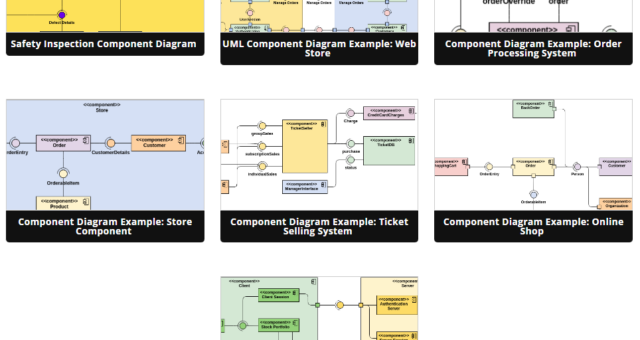Home » Archives for September 2023 » Page 7
-
Posted on September 21, 2023
-
/Under Diagram
Introduction SysML (Systems Modeling Language) is a powerful tool for visualizing, specifying, and documenting complex systems. One essential aspect of system modeling is managing requirements effectively. Requirement diagrams in SysML help you capture, organize, and trace system requirements, making it easier to understand and communicate system specifications. In this beginner's guide, we will explore Requirement Diagrams in SysML and how to create them using Visual Paradigm Online with the help of a collection of templates. What is a Requirement Diagram? A Requirement Diagram in SysML is a graphical representation that allows you to…
continue reading →
-
Posted on September 21, 2023
-
/Under Diagram
Introduction Enterprise Integration Patterns (EIP) provide a set of guidelines and best practices for integrating different software systems and applications within an enterprise. These patterns help organizations create efficient, reliable, and maintainable integration solutions. To help you understand and apply EIP effectively, this beginner's guide will introduce you to EIP diagrams and how you can learn by using a large collection of templates available in Visual Paradigm Online. Understanding Enterprise Integration Patterns (EIP) EIP was introduced in the book written by Gregor Hohpe and Bobby Woolf, which outlines 65 patterns for enterprise application…
continue reading →
-
Posted on September 21, 2023
-
/Under Diagram
Introduction Robustness diagrams are a valuable tool in software engineering for modeling the interactions between different parts of a software system. They help you understand how different components or objects in a system collaborate to achieve specific functionality. In this beginner's guide, we will introduce you to robustness diagrams and show you how to create them using Visual Paradigm Online, a powerful online diagramming tool. What is a Robustness Diagram? A robustness diagram is a dynamic model used to illustrate the interaction between external actors (e.g., users, other systems, or devices) and the…
continue reading →
-
Posted on September 21, 2023
-
/Under Diagram
Introduction Data Flow Diagrams (DFD) are a powerful visual tool for representing and analyzing the flow of data within a system or process. They help in understanding how data moves through different components and processes, making it easier to identify bottlenecks, inefficiencies, and opportunities for improvement. In this beginner's guide, we will introduce you to Data Flow Diagrams and show you how to create them using Visual Paradigm Online, a versatile diagramming tool with a large collection of templates. What is a Data Flow Diagram (DFD)? A Data Flow Diagram is a graphical…
continue reading →
-
Posted on September 21, 2023
-
/Under Diagram
Introduction An Entity-Relationship (ER) diagram is a powerful tool used in database design to visualize and model the relationships between entities in a database system. ER diagrams help you understand the structure of a database and how different entities relate to each other. This beginner's guide will introduce you to the basics of ER diagrams and show you how to learn by examples using the large collection of templates available in Visual Paradigm Online, a popular diagramming tool. 1. What is an ER Diagram? An ER diagram is a visual representation of a…
continue reading →
-
Posted on September 21, 2023
-
/Under Diagram
Introduction Sequence diagrams are powerful tools in software development for visualizing the interactions between objects or components in a system over time. They help you understand how various parts of your system communicate and collaborate. In this beginner's guide, we'll introduce you to sequence diagrams and show you how to create them using Visual Paradigm Online, a user-friendly online diagramming tool with a collection of templates that make learning easy through practical examples. What is a Sequence Diagram? A sequence diagram is a type of UML (Unified Modeling Language) diagram that represents the…
continue reading →
-
Posted on September 21, 2023
-
/Under Diagram
Introduction State Machine Diagrams are an essential tool in software engineering and system modeling. They help you visualize how objects or systems transition between various states in response to events. State Machine Diagrams are widely used in fields like software development, control systems, and business process modeling. In this beginner's guide, we'll introduce you to the basics of State Machine Diagrams and show you how to create them using Visual Paradigm Online, a powerful diagramming tool with a large collection of templates. What is a State Machine Diagram? A State Machine Diagram is…
continue reading →
-
Posted on September 21, 2023
-
/Under Diagram
Introduction Package diagrams are an essential tool in software engineering, helping you organize and visualize the structure of your software system. They are part of the Unified Modeling Language (UML) and provide a high-level view of how different elements in your system are grouped into packages. In this beginner's guide, we will introduce you to package diagrams and demonstrate how to create them using Visual Paradigm Online, a powerful online diagramming tool with a large collection of templates. What is a Package Diagram? A package diagram is a UML diagram that represents the…
continue reading →
-
Posted on September 21, 2023
-
/Under Diagram
Introduction Deployment diagrams are an essential tool in software engineering that allow you to visualize and understand how software components and hardware elements interact within a system. They help you plan the deployment of your software application across different servers, devices, and environments. In this beginner's guide, we'll introduce you to deployment diagrams and show you how to create them using Visual Paradigm Online, a user-friendly diagramming tool with a wide range of templates and examples. What is a Deployment Diagram? A deployment diagram in software engineering is a type of UML (Unified…
continue reading →
-
Posted on September 21, 2023
-
/Under Diagram
Introduction Unified Modeling Language (UML) is a visual language used in software engineering to model and design software systems. Component diagrams are one of the UML diagrams used to represent the high-level structure of a software system in terms of its components and their relationships. In this beginner's guide, we will introduce you to component diagrams in UML and show you how to create them using Visual Paradigm Online, a popular online UML modeling tool with a large collection of templates. What is a Component Diagram? A component diagram in UML provides a…
continue reading →


